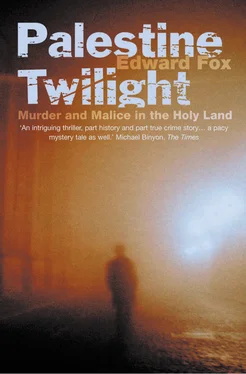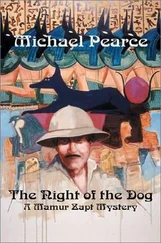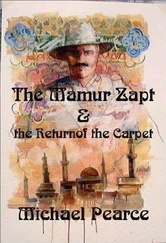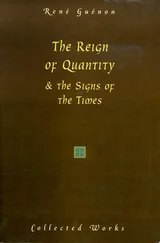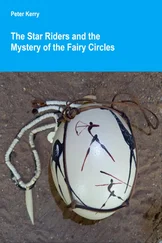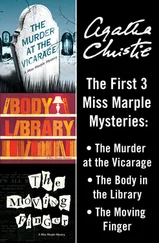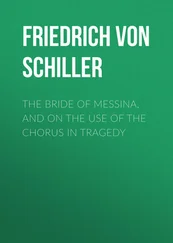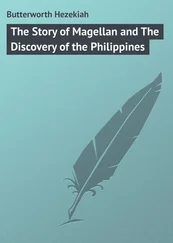The Christianization of the Holy Land was accomplished through the discovery, or ‘invention’, of countless new sacred relics, most of which were carried back to Europe. Besides further fragments of the True Cross, Christians ‘found’ the nails of the True Cross (again), Jesus’s crown of thorns, the lance used to pierce Jesus’s side (which became the Crusaders’ battle standard), the bones of the Old Testament patriarchs (at Hebron) and the bones of numerous saints. The typical method for finding relics was for a monk to find an object and then ‘discover’ its sacred identity in a dream. The proliferation of fragments of the True Cross famously prompted the Protestant reformer John Calvin to scoff, at the close of the Middle Ages, that if all these fragments were collected, they would be ‘comparable in bulk to a battleship’ (an assertion that is carefully refuted in the 1913 Catholic Encyclopedia , which argues that they would all add up to no more than about a third of a whole cross weighing 75 kilograms).
This corpus of legend was always changing and growing, surviving the Reformation and a powerful Protestant critique. The Crusader ‘way of the cross’ evolved, by the fourteenth century, into the tradition of the Via Dolorosa: the route through the streets of the Old City of Jerusalem that Christ took on his final procession to his public execution. The discovery of such sites as the spot where Jesus fell for the third time was ascribed to Empress Helena, although the configuration of the sites (conforming to the traditional narrative of the Stations of the Cross) changed over the centuries, and the locations the modern tourist sees were fixed only as recently as the nineteenth century.
Layer upon layer of popular myth, legend, tradition, pious fantasy and delusion and endlessly repeated second-hand scholarship have accumulated in the sacred geography of the Holy Land over the centuries, like artefacts in an archaeologist’s mound. The facts were lost in the obscurity. The biblical archaeology that began in the nineteenth century, of which Albert Glock was an inheritor, was a Protestant critique of the traditions and legends that had accreted in the course of centuries of pilgrimage by European Christians. The corpus of medieval tradition that began with Helena seemed primitive and pagan to the Protestant sensibility: nineteenth-century biblical archaeology was an attempt to impose the Reformation on how Christians saw the Holy Land. The first notable expedition in this reforming spirit was made by the American biblical scholar Edward Robinson and his colleague Dr Eli Smith, an Arabic-speaking missionary, in two journeys to Palestine, the first and most substantial in 1838, the second in 1852. Robinson is important because he introduced Protestant rationalism, and Protestant piety, into the Western encounter with Palestine. ‘We early adopted two general principles, by which to govern ourselves in our examination of the Holy Land,’ he wrote. ‘The first was, to avoid as far as possible all contact with the convents and the authority of the monks; to examine everywhere for ourselves with the Scriptures in our hands; and to apply for information solely to the native Arab population. The second was, to leave as much as possible the beaten track.’
Emphatic typography expresses the principle Robinson followed in his three-month journey through the biblical landscape: ‘all ecclesiastical tradition respecting the ancient places in and around Jerusalem and throughout Palestine , IS OF NO VALUE, except so far as it is supported by circumstances known to us from the Scriptures, or from other contemporary testimony’ . This was a radically new approach. For the first time, a respected scholar was able to say and to demonstrate that a good many of these traditions didn’t make sense historically or rationally. Most conspicuously, the complex of shrines inside the Church of the Holy Sepulchre in the Old City of Jerusalem, which it was claimed, contains both the site of the Crucifixion and the tomb of Christ, not to mention the stone on which the body of Christ was anointed for burial and related sacred attractions, is manifestly unrealistic and convincing only when seen through the most powerfully filtered lenses of faith. ‘I am led irresistibly to the conclusion’, he wrote, ‘that the Golgotha and the tomb now shown in the church of the Holy Sepulchre, are not upon the real places of the crucifixion and resurrection of our Lord. The alleged discovery of them by the aged and credulous Helena, like her discovery of the cross, may not improbably have been the work of pious fraud.’
This conclusion was the most publicly sensational of Robinson’s observations, and it was hotly debated for decades afterwards, with the arguments for and against the historicity of the site falling along sectarian lines: the Catholics (who had maintained a stake in the Holy Sepulchre since the Crusades, and therefore had a vested interest) arguing for it, and the Protestants arguing against. (The best current archaeological thinking favours the traditional location of the Holy Sepulchre as the most probable place of the crucifixion.) The whole superstitious business of the Holy Sepulchre, epitomized by the annual spectacle of fairground spirituality in the ceremony of the Holy Fire at Easter, when crowds thronged the church to witness the miracle of a lamp over the tomb of Christ being lit by divine agency, ‘was to a Protestant painful and revolting’.
Robinson’s work was, strictly speaking, biblical geography, rather than biblical archaeology, since he only conducted a surface survey, and carried out no excavations. Less sensationally than his attack on the tradition of the Holy Sepulchre, his accomplishment lay in the meticulous record he made of his survey, linking biblical place names with their contemporary Arabic equivalents, without reference to legend. He favoured local Palestinian folklore, seeing in it a more reliable, continuous tradition, and by this method he correctly identified the site of Megiddo, for instance, an identification which formed the starting point for the later archaeological study of that site.
Robinson was motivated by a strong Protestant attachment to the text of the Bible, which he took as literally true. In this he was violating an elementary principle of geography, of course, articulated in antiquity by the second-century geographer and astronomer Ptolemy: that the landscape is more important than the map. Instead, he saw the map (the Bible) as more important than the landscape. But the degree of Robinson’s intellectual rigour is impressive, for his time, and there is no obvious instance in the three volumes of his principal work that suggests he distorted anything he saw to meet what he expected, out of reverence for the Bible. The only distortion was that he wasn’t interested in anything in the land and history of Palestine that wasn’t to do with the Bible.
Robinson explains that his journey to the Holy Land was the fulfilment of a lifelong ambition, one that had emerged from his experience of growing up in New England. For the child growing up in the Puritan culture of New England in the early nineteenth century, ‘the names of Sinai, Jerusalem, Bethlehem, the Promised Land, became associated with his earliest recollections and holiest feelings’, he wrote. For Americans from a variety of backgrounds – for Edward Robinson, for Albert Glock and for millions of others – the sacred geography of the Holy Land (itself abstracted from the geography of Palestine) was superimposed on the geography of North America. The notion of America as the new Israel, a God-fearing, perfect society set apart from the rest of mankind, ‘a city on a hill’, was imported with the first English settlers in the seventeenth century, and remains an essential part of America’s idea of itself.
Читать дальше
